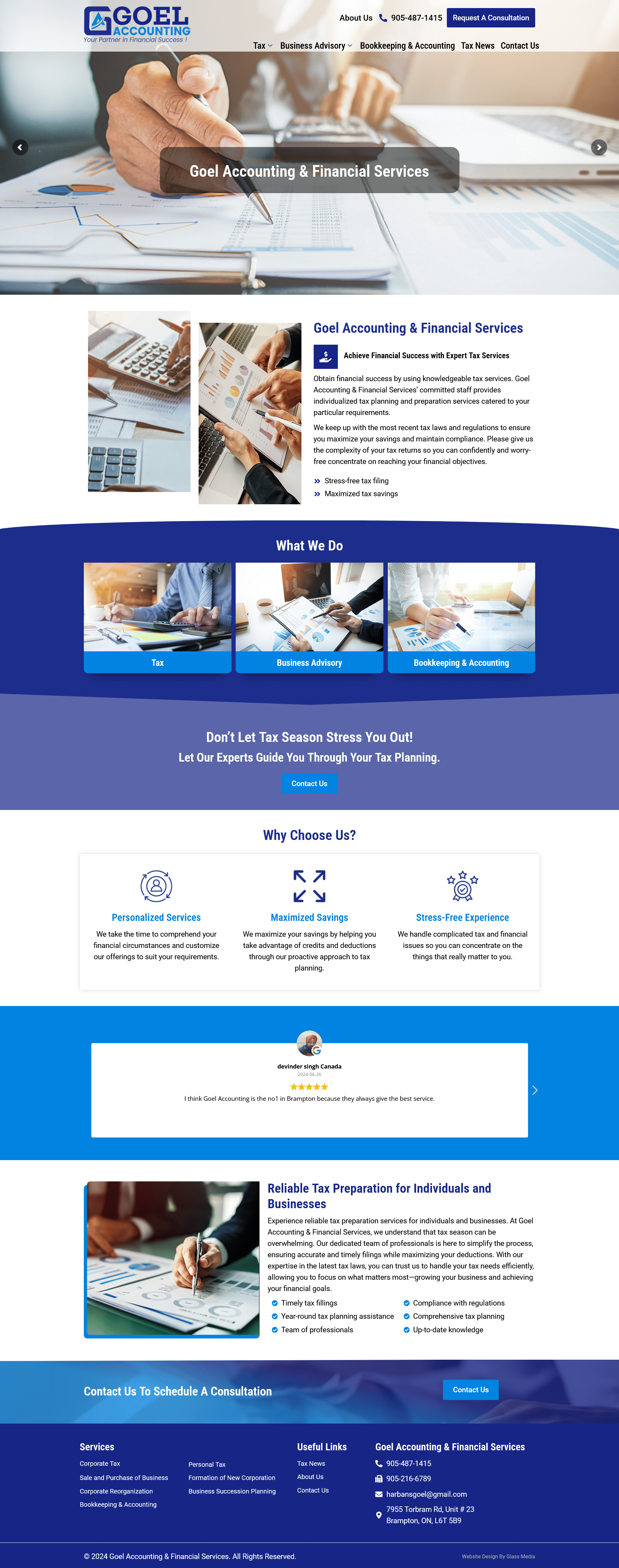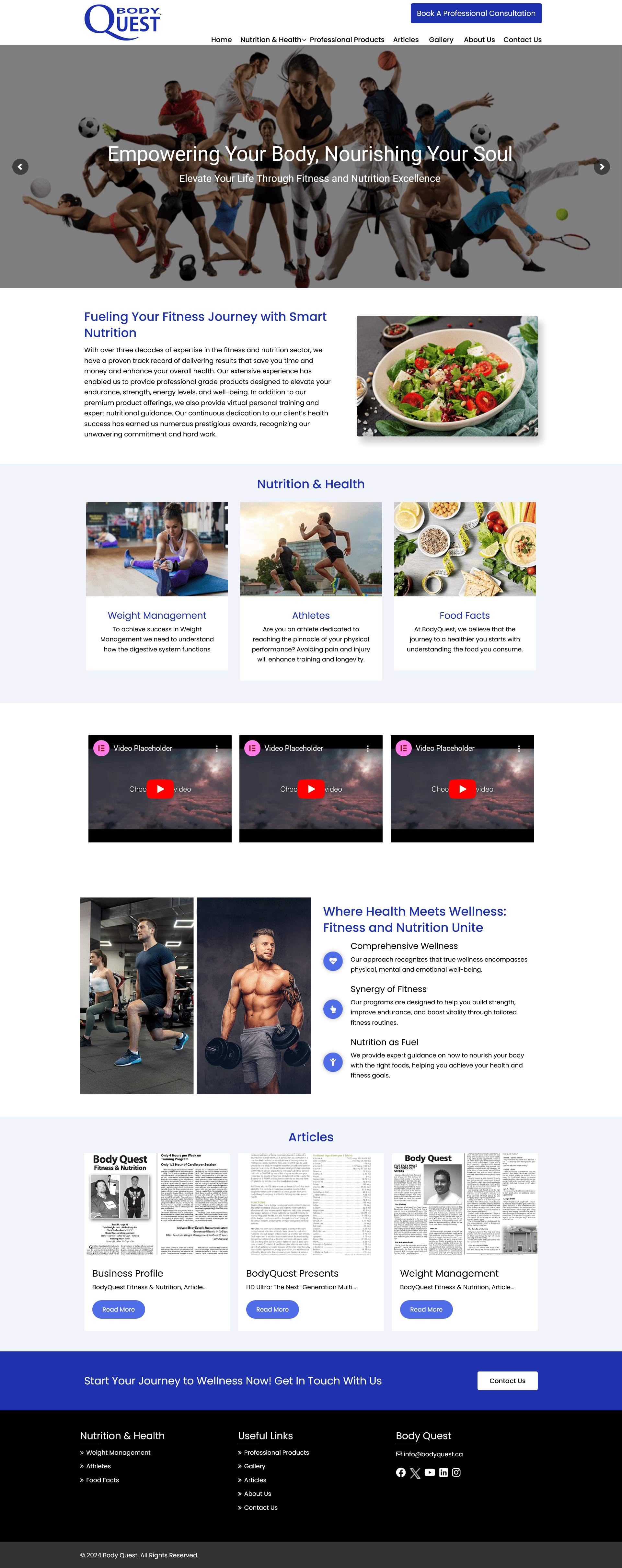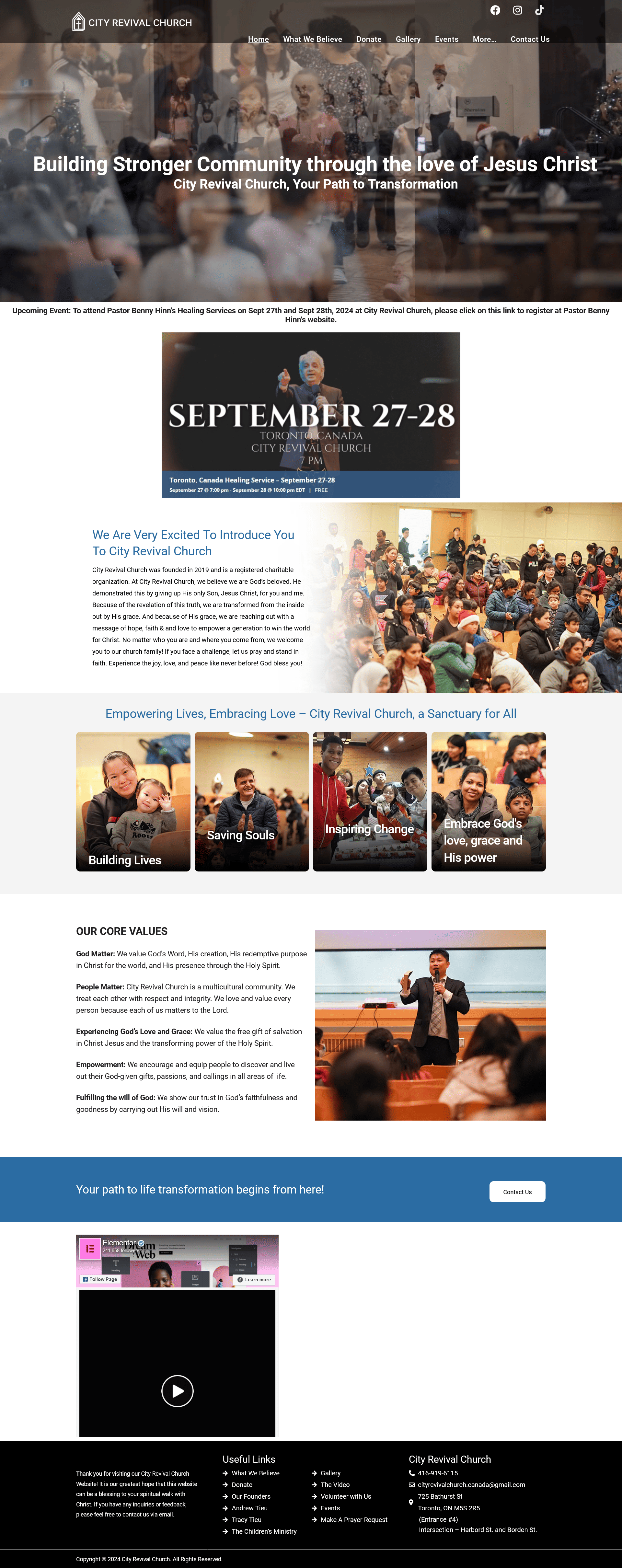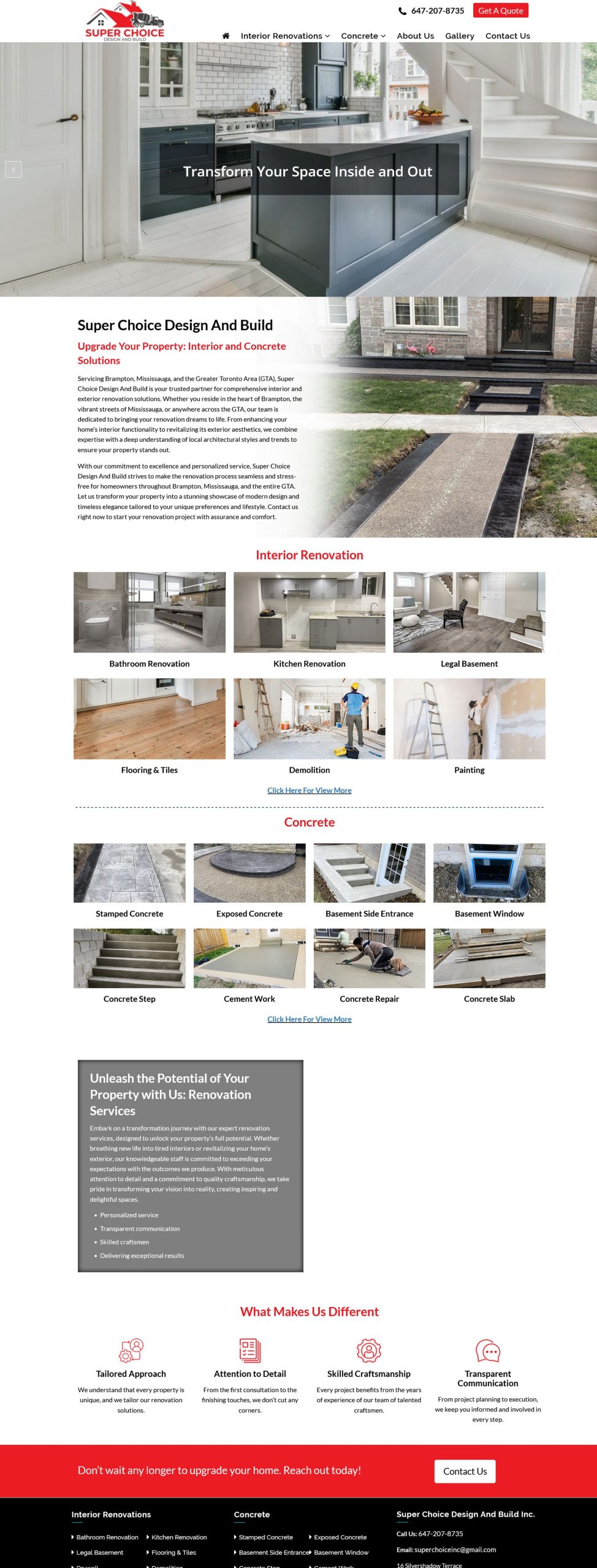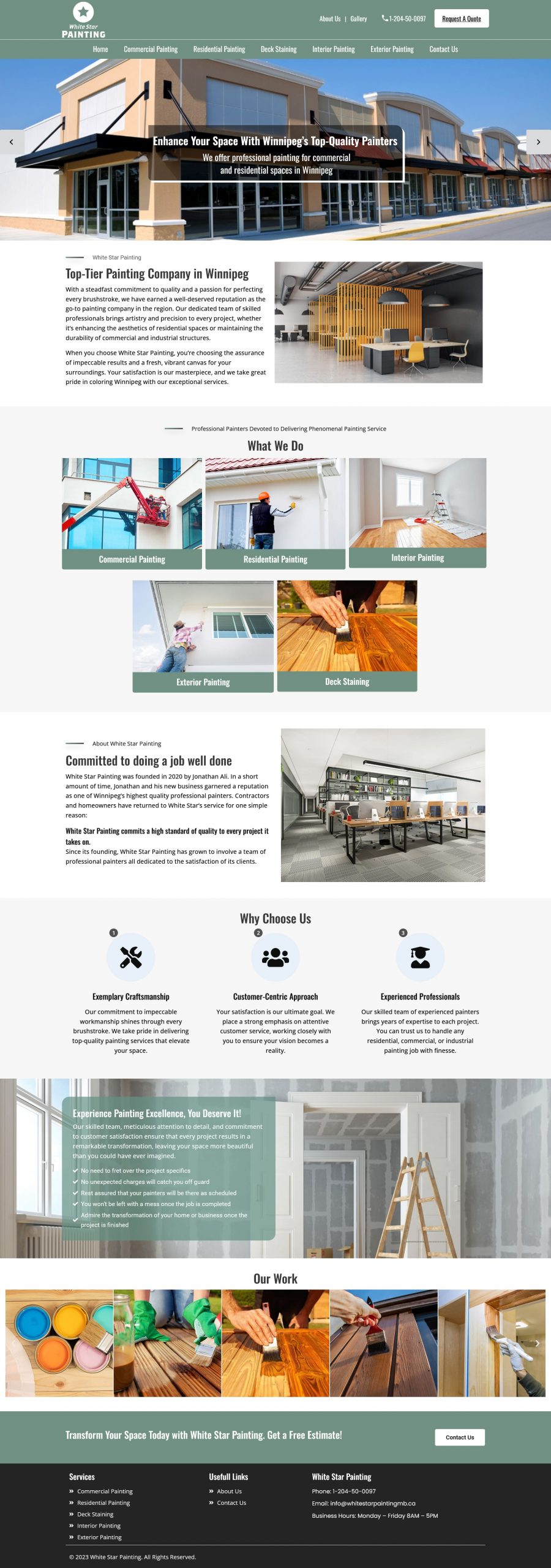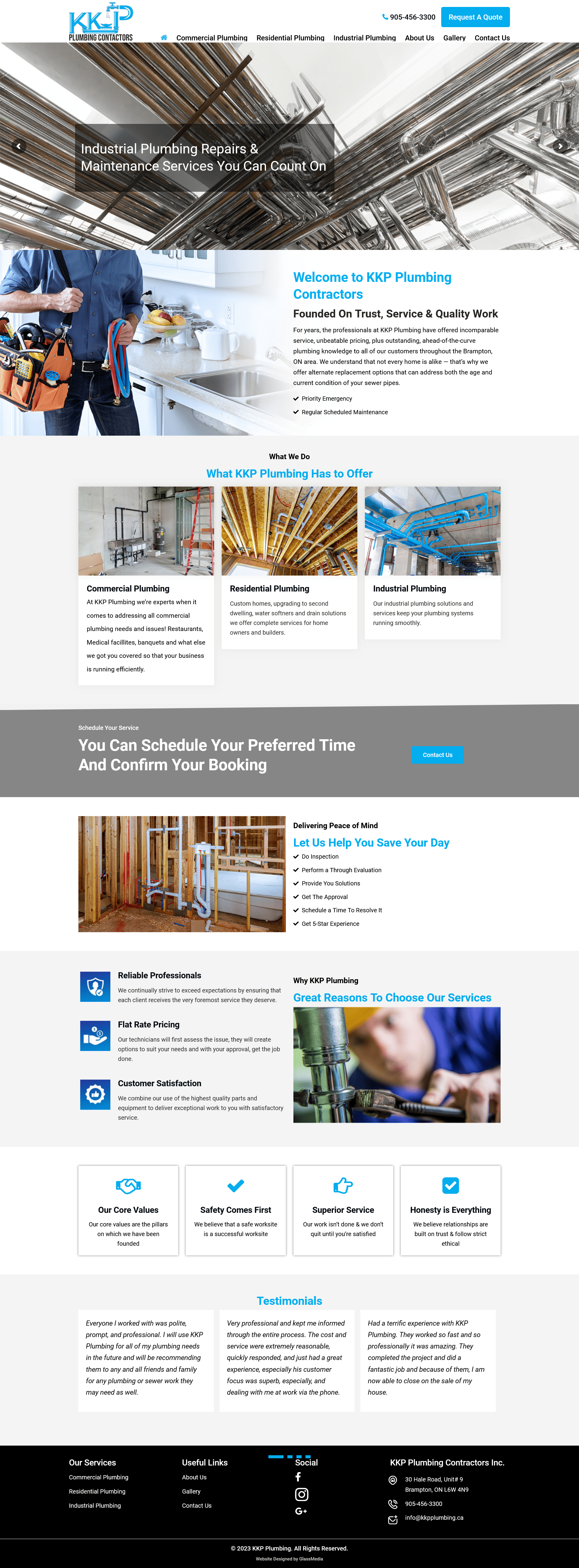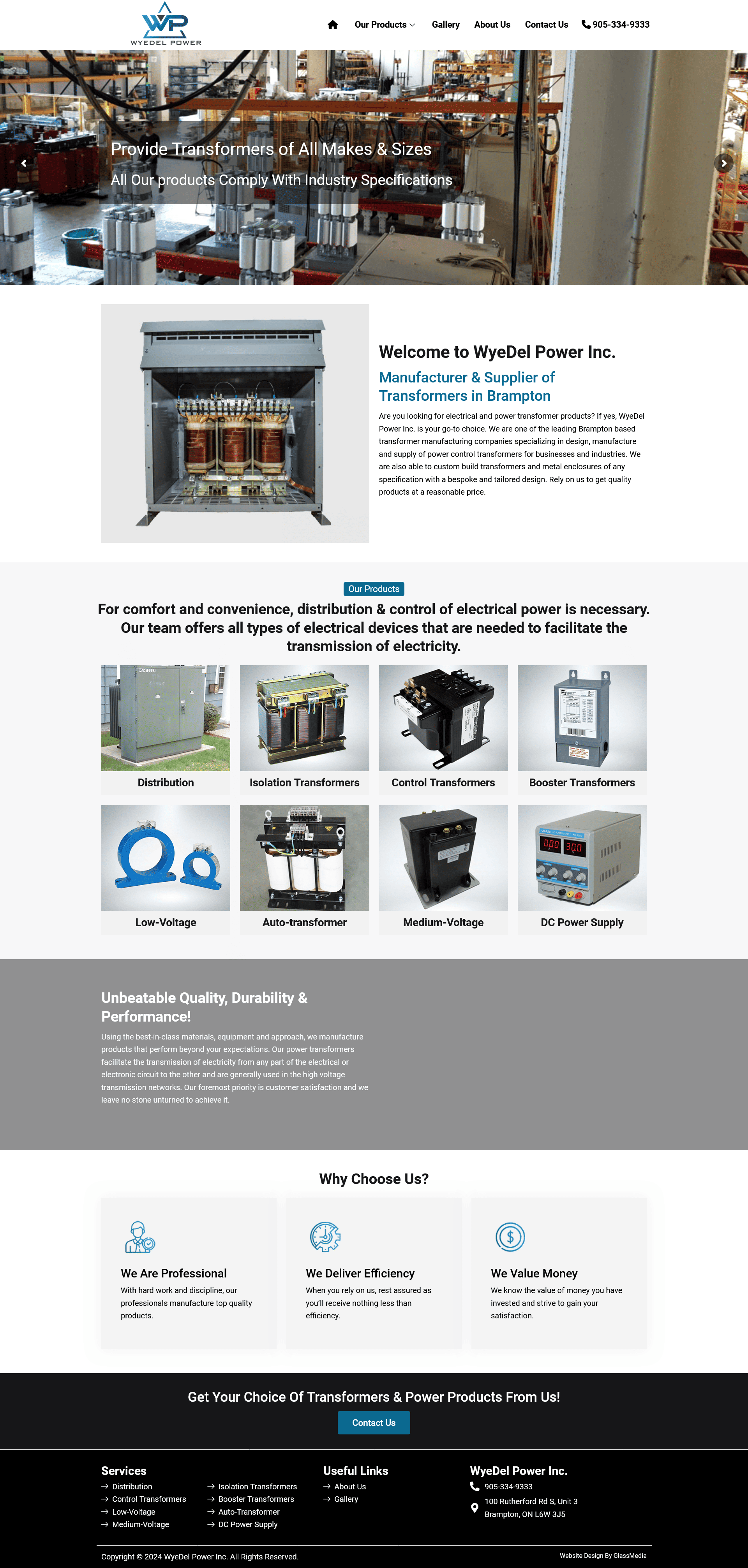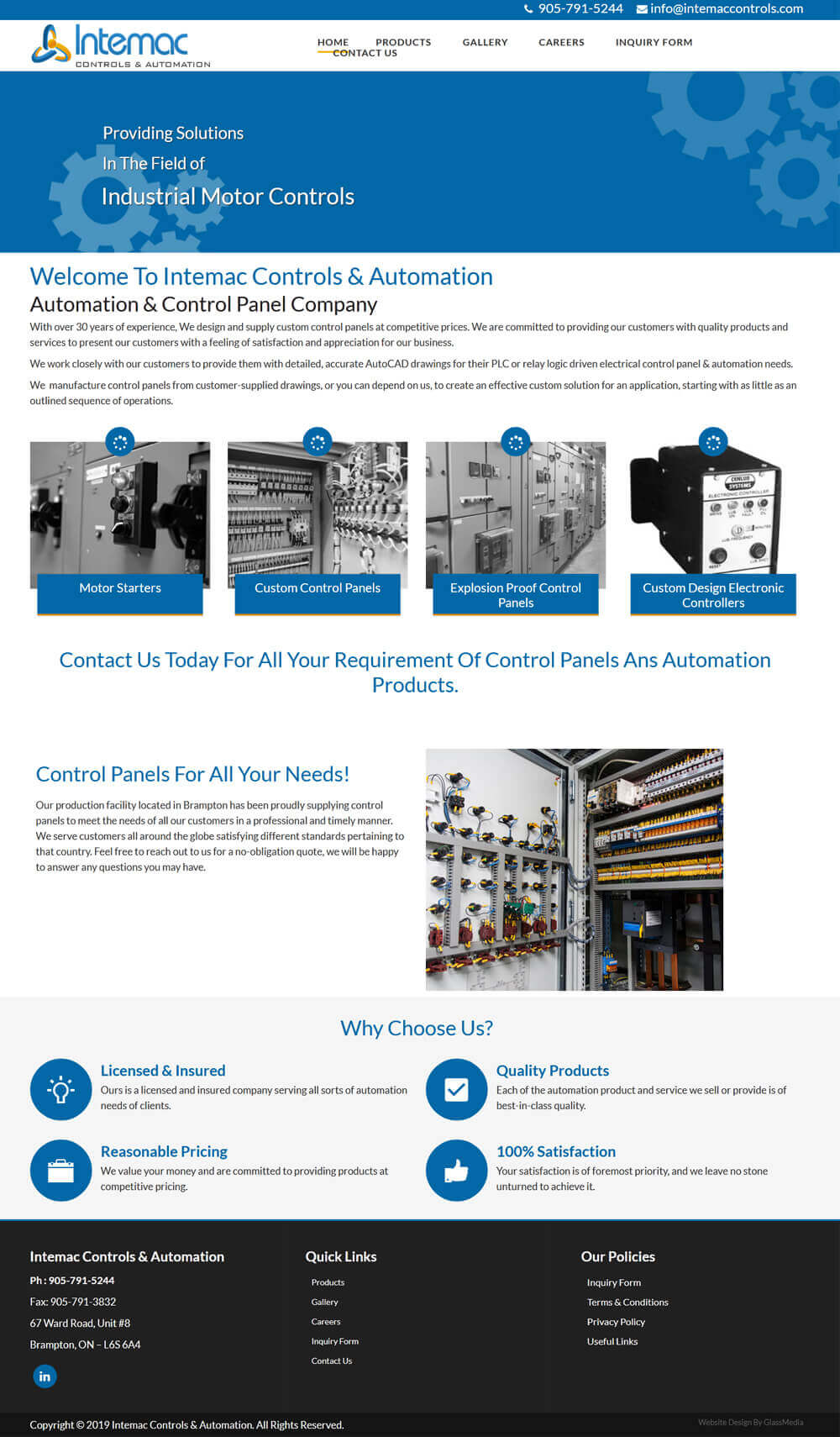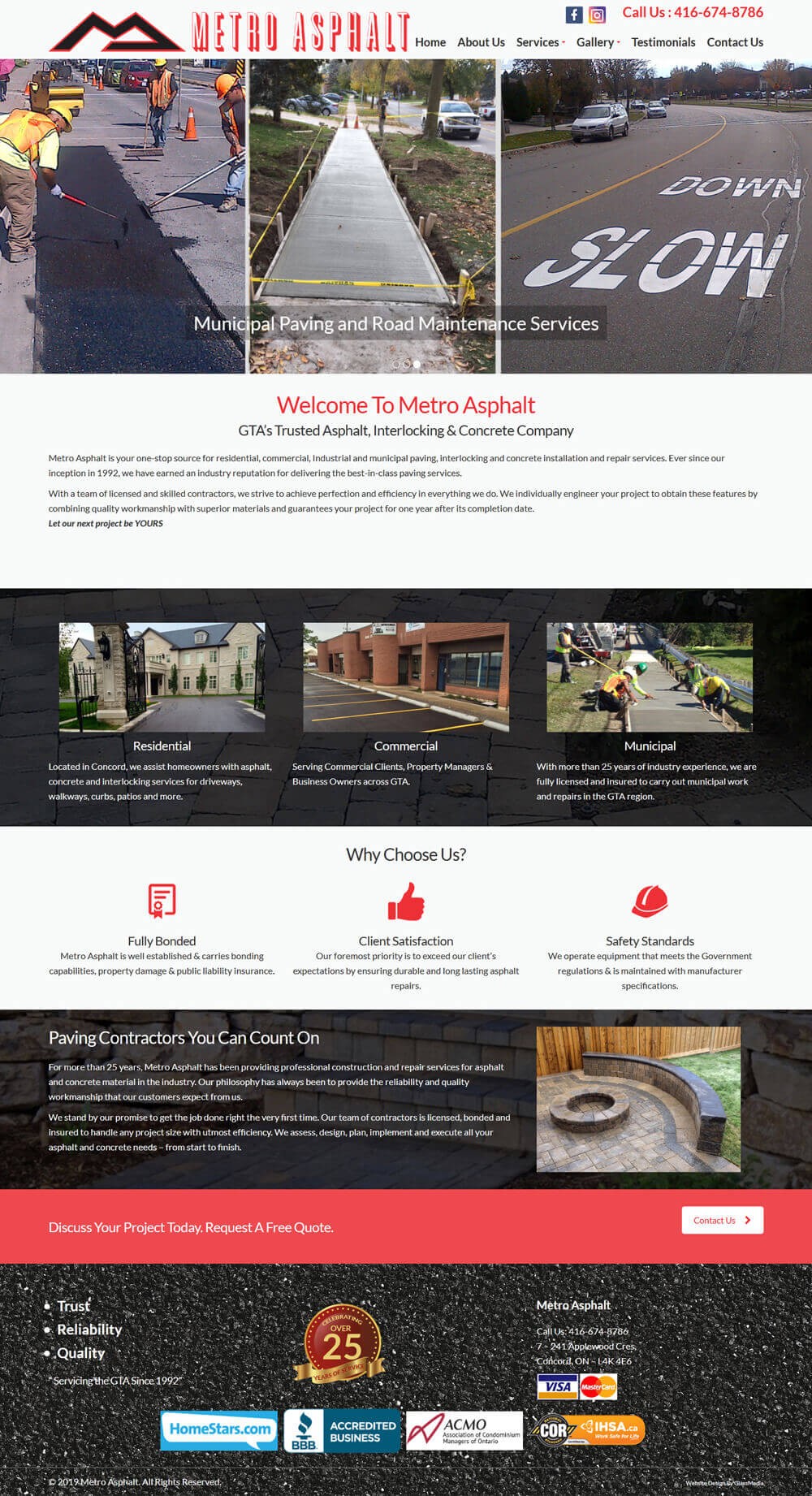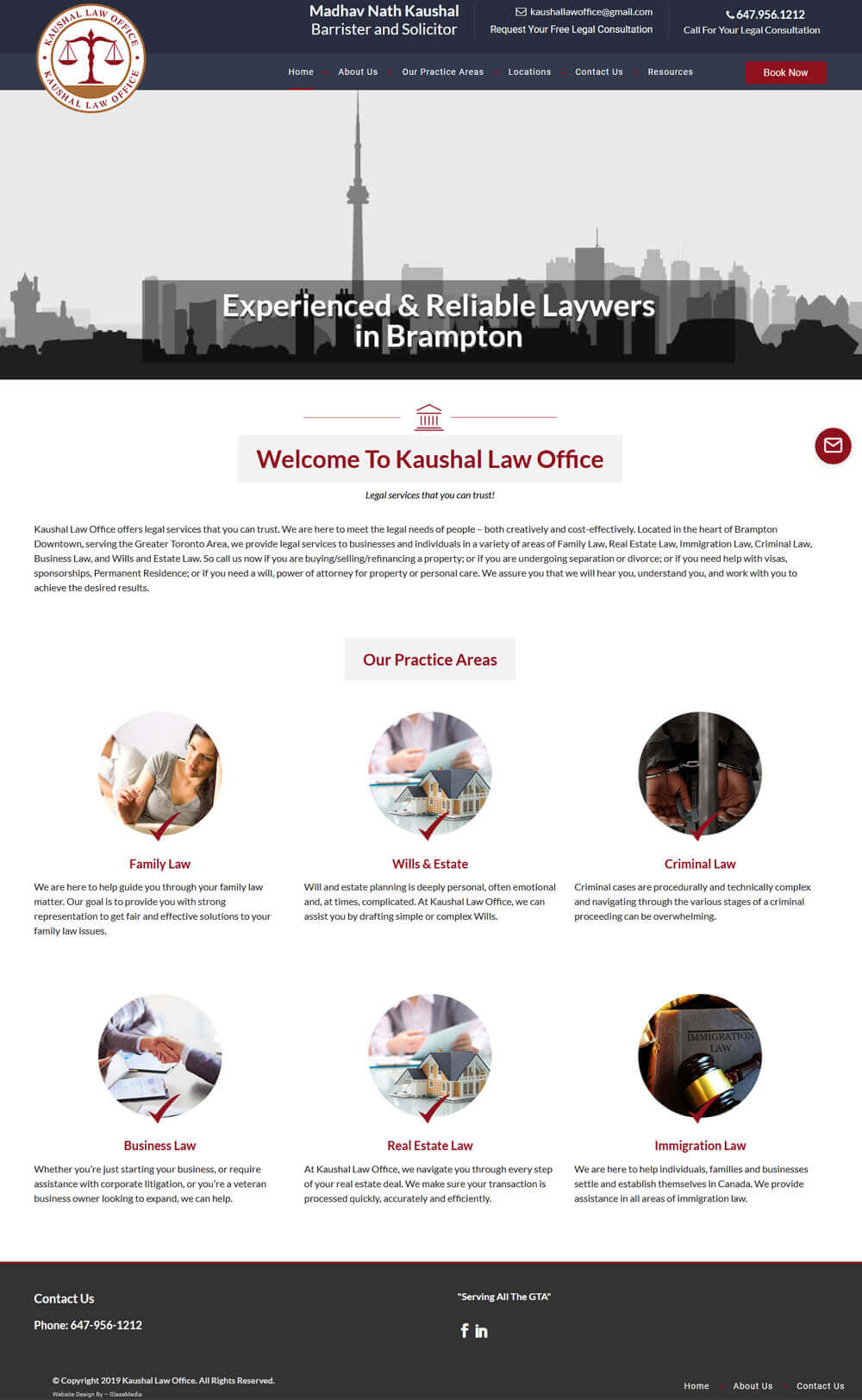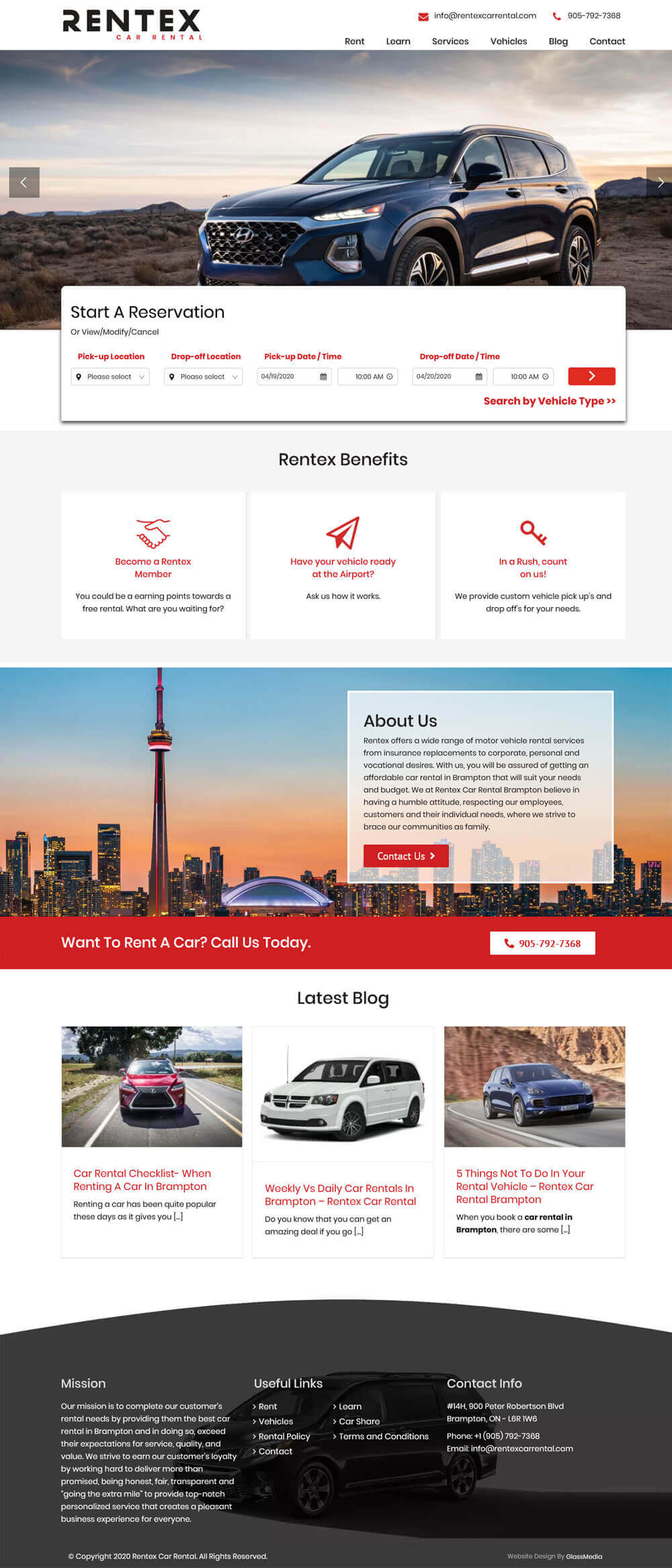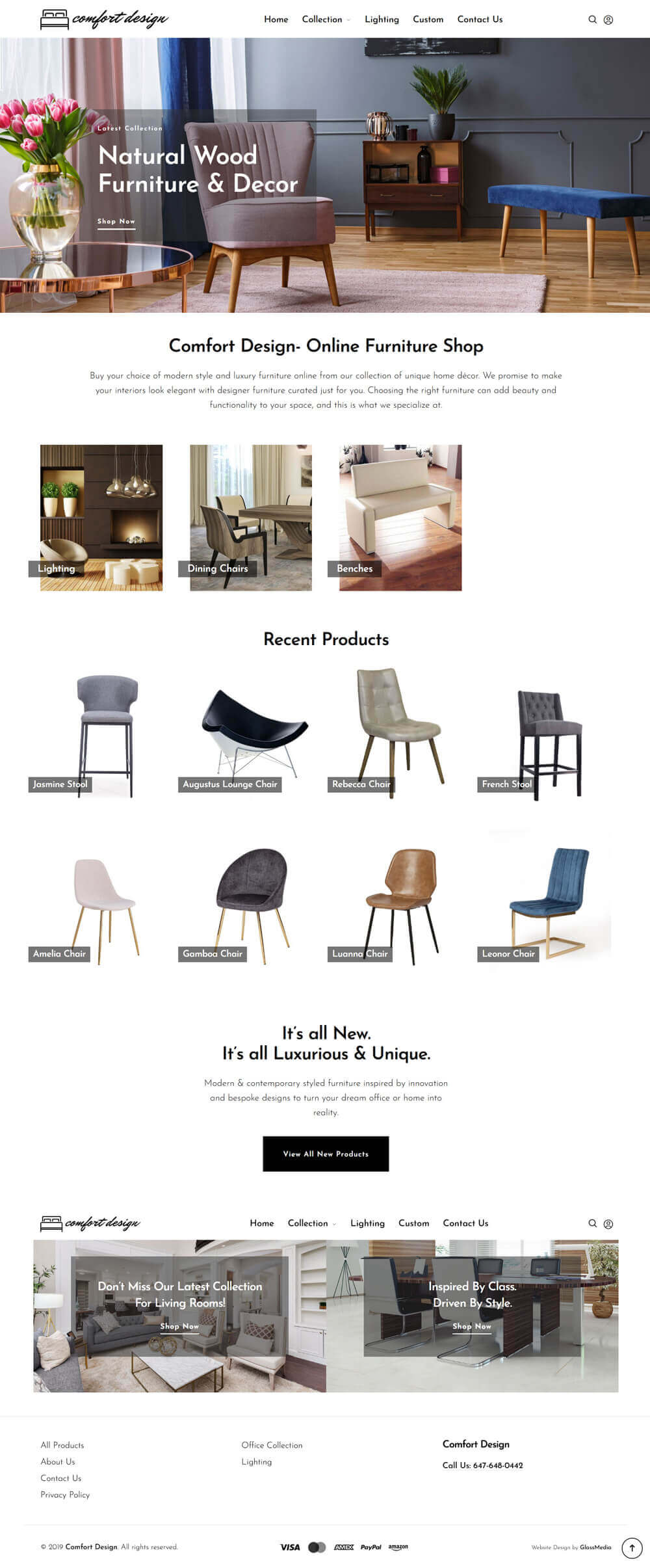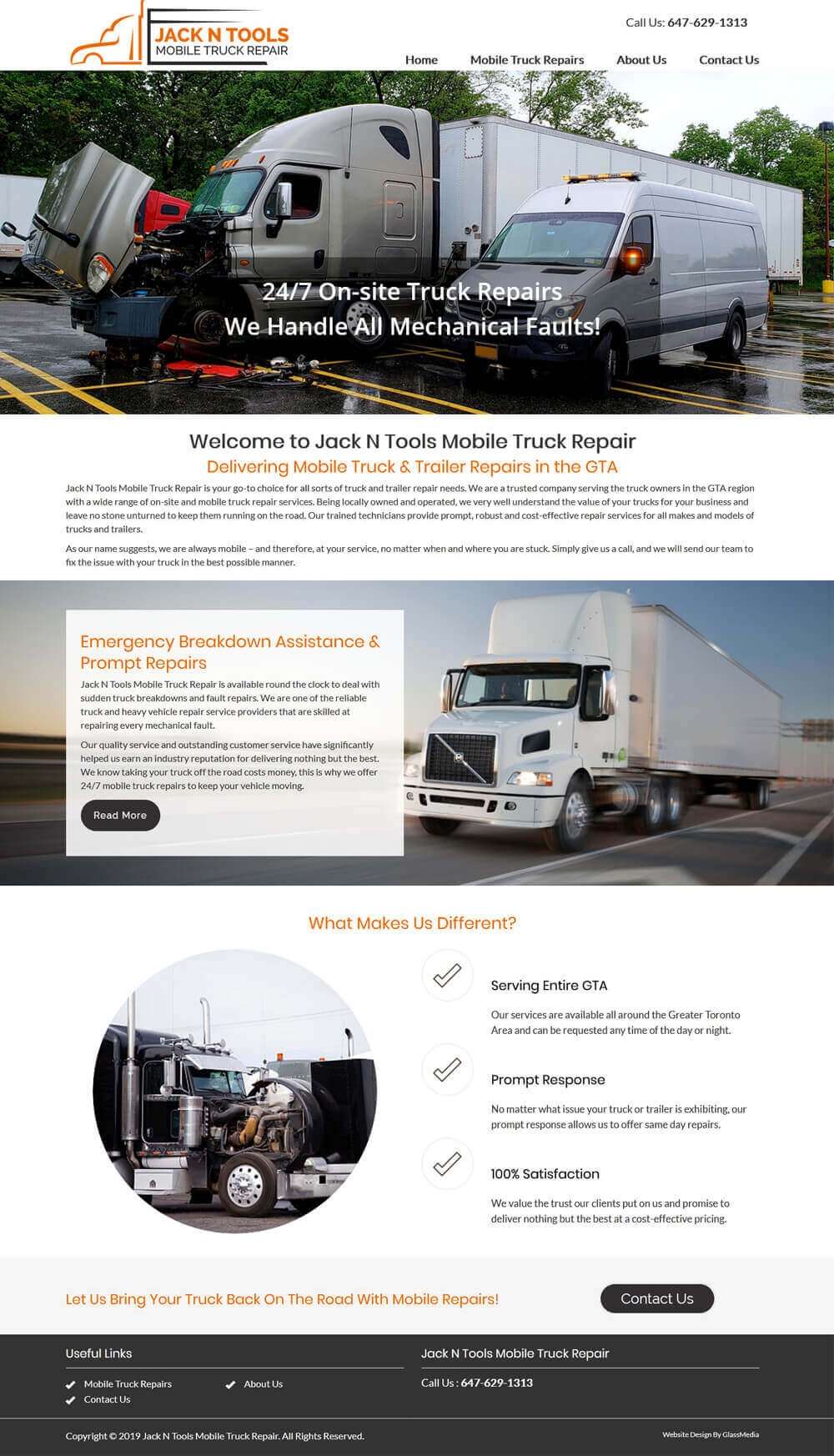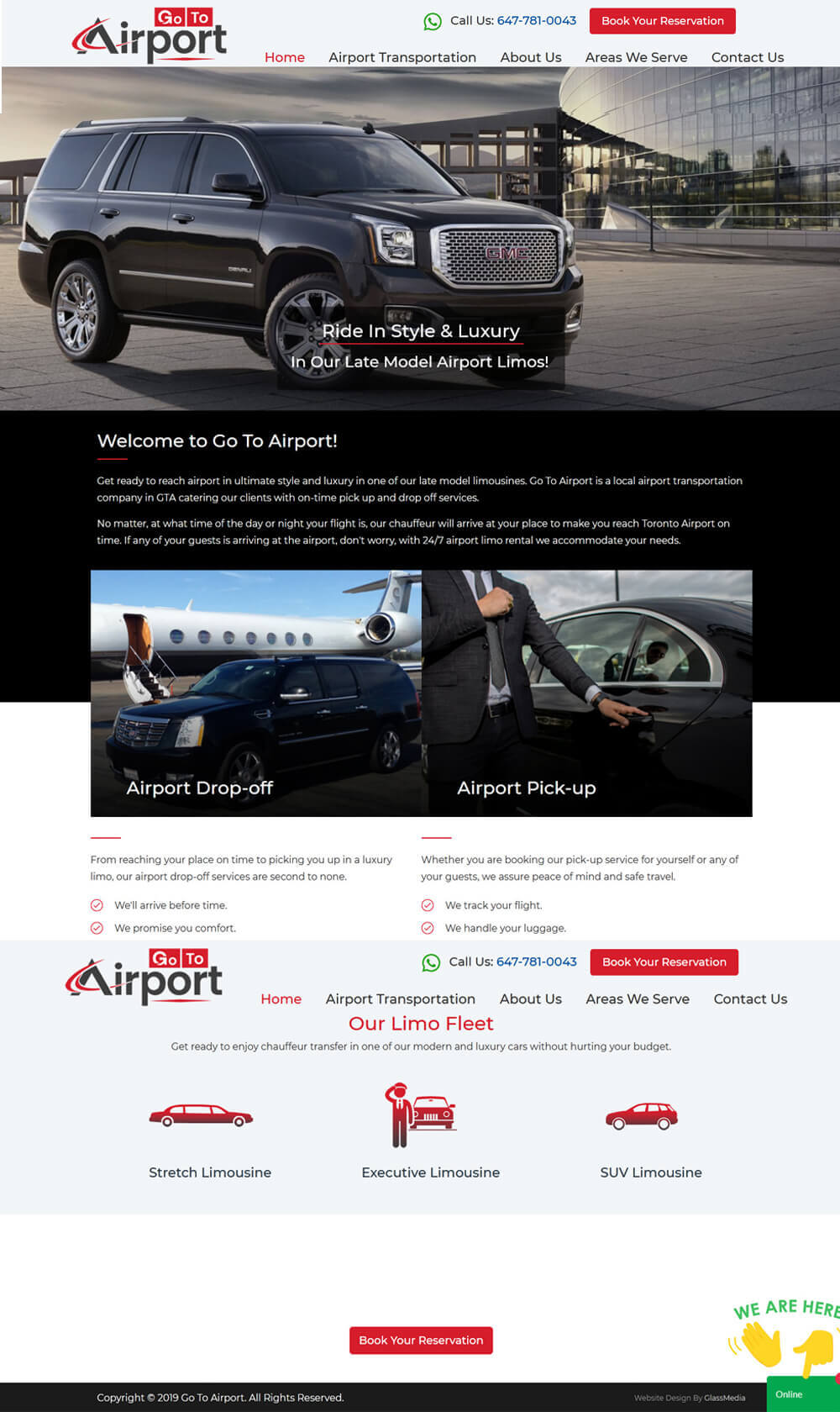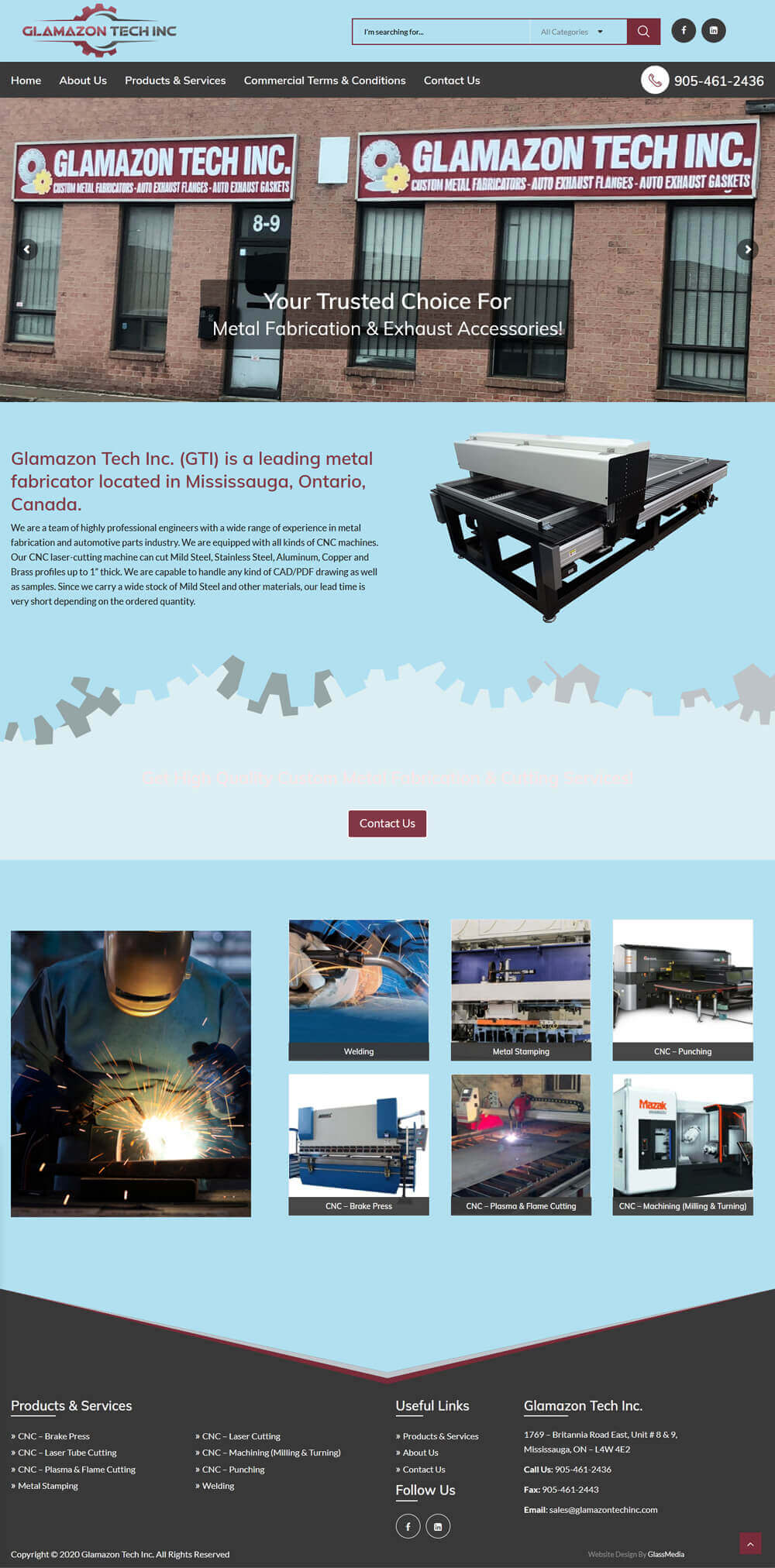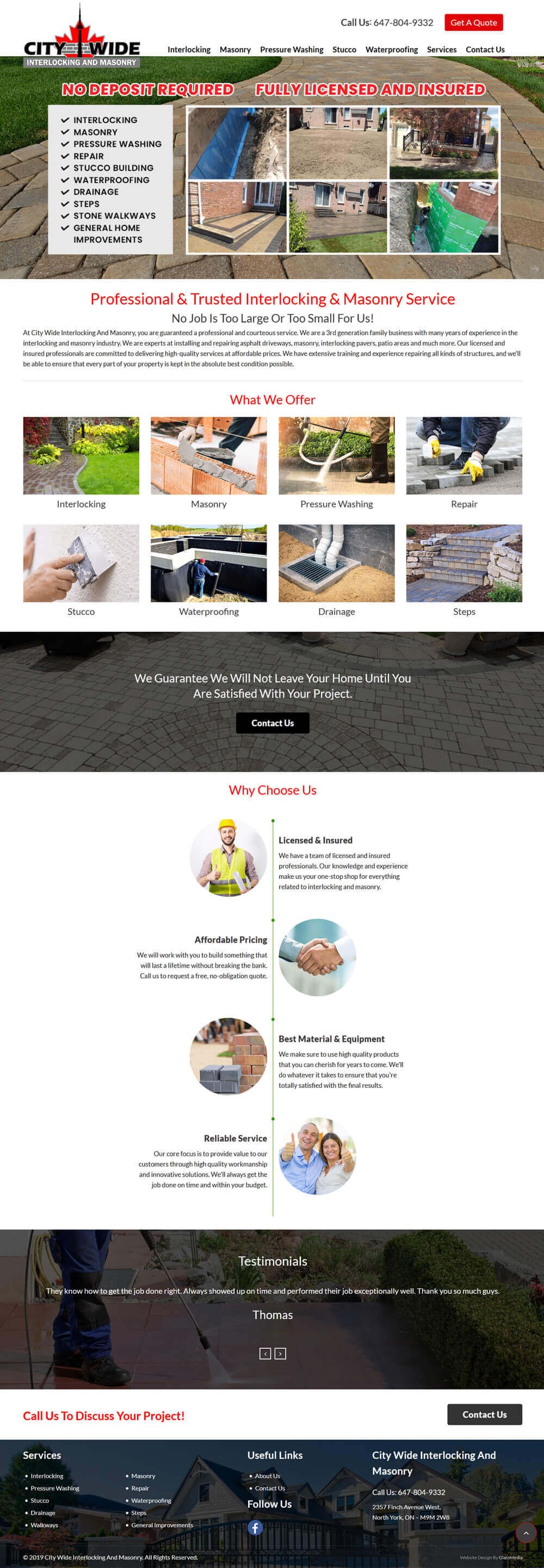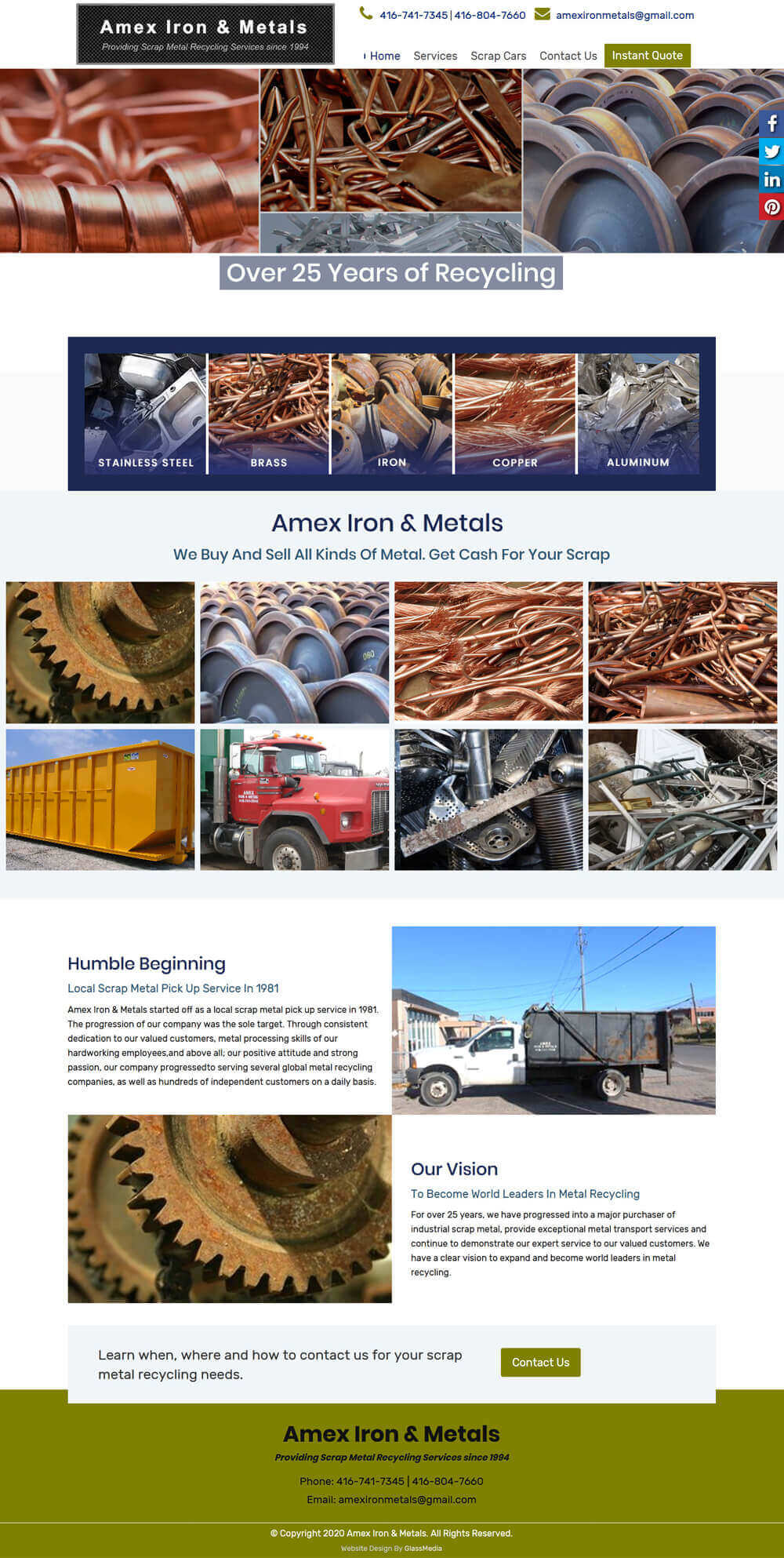With such a lot of web traffic coming from smartphones, fabricating a responsive or mobile-friendly website that smartphone clients discover simple to utilize and explore is non-debatable. Content and site pages load distinctively across stages, including format and burden times, so unique plan standards and methods ought to join to represent that.
For business owners, it becomes essential to develop mobile-friendly websites. Brampton becomes a necessity. So, in this blog, let’s discover the proven tips for creating mobile-friendly websites.
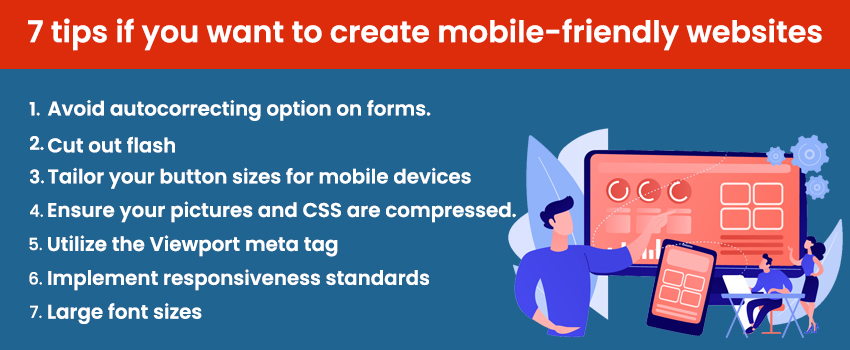
Avoid autocorrecting option on forms.
This indicates disabling the autocorrect features when a visitor has gone to your site through mobile. When autocorrect is on, particularly when it comes time to fill in the address and contact data handle, a guest’s telephone will be continually changing sections to more normal words and language, which gets irritating.
Cut out flash
Most website specialists quit utilizing flash quite a while back because it was delayed to load or increased the bounce rate and was largely terrible for SEO. Some of the time, flashes only directly up will not load. A mobile-friendly site utilizes almost no flash elements.
Tailor your button sizes for mobile devices
There isn’t anything more baffling for a mobile owner than zooming in to tap on a tiny button. You can make your site drastically more mobile-friendly by picking larger buttons. Button size appears over and over on arrangements of the particular mobile-friendly functionalities.
Ensure your pictures and CSS are compressed.
In the event that you have anything on your site that occupies a great deal of space and is delayed to load, you need to compress it. Things such as high-resolution pictures and your CSS are likely the greatest and longest parts of your site to load. Compress large images as it will allow it to load quicker, without settling on quality.
Utilize the Viewport meta tag
The Viewport meta tag is the thing that advises programs to change the page width dependent on the sort of gadget being-utilized to get to a site. A page that opens with similar width across gadgets makes for an awful client experience.
Implement responsiveness standards
A responsive site is one that changes design and content, so it shows ideally across various gadgets. You can make your site more responsive physically, and you can likewise utilize a few mainstream plugins that site builders such as WordPress accommodate simply such purposes.
Large font sizes
While a user reads on a mobile screen can be troublesome under the most favourable circumstances, and surprisingly more so if your site’s font style is, as of now, tiny. Pick font sizes, at any rate, size 14 for your site – your mobile clients will be appreciative.
Considering all these tips will help you develop a mobile-friendly website for your business. In case you are looking to get your website built from experts in Brampton, GlassMedia is the ideal place to create mobile-friendly websites. Connect with us today!

